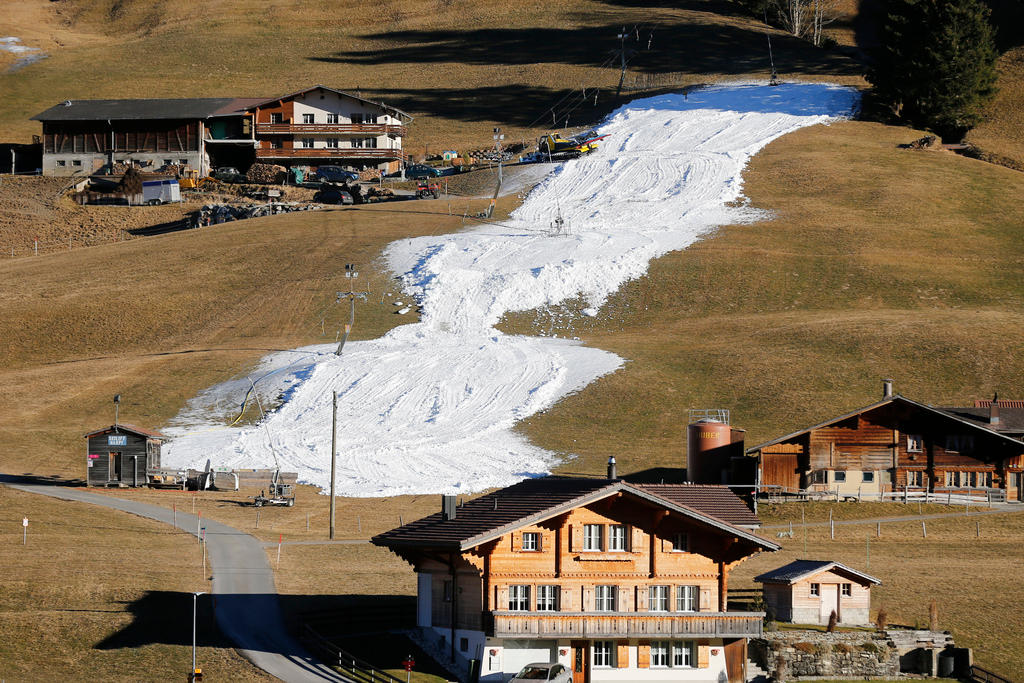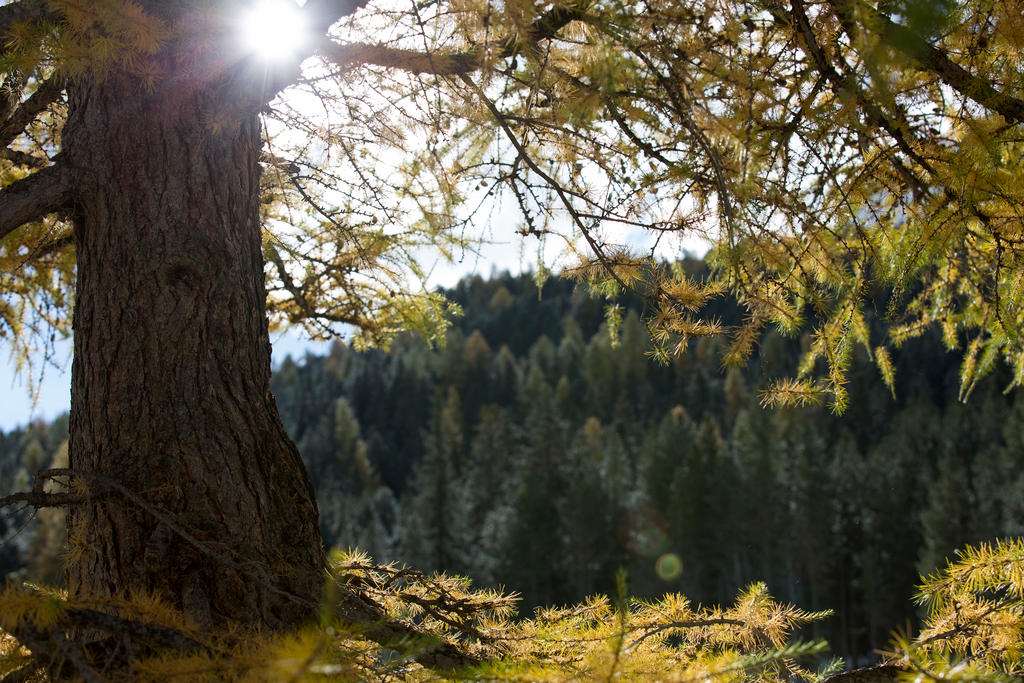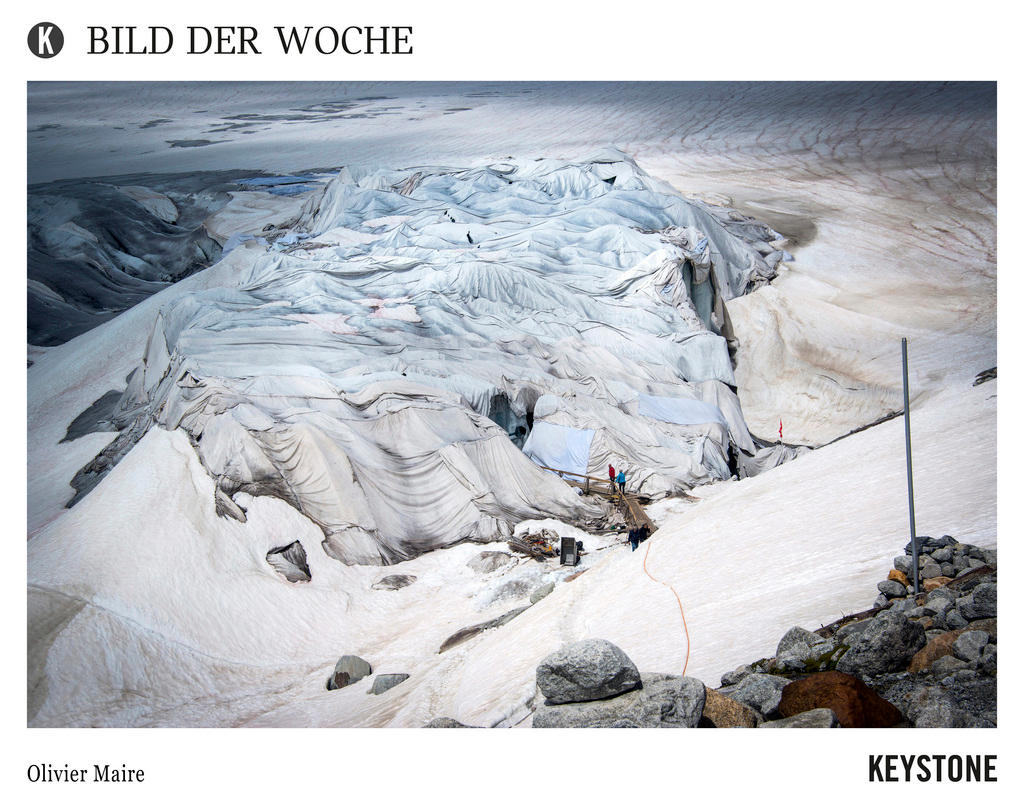Drought to be named ‘natural hazard’

Switzerland is to declare drought a natural hazard, alongside flooding, avalanches and earthquakes. The move comes as meteorologists confirmed that December had been the driest in more than 150 years, with some places experiencing not a single drop of precipitation.
Until recently Switzerland had very few periods of drought, Barbora Neversil from the Federal Office for the Environment, told the Swiss news agency, confirming information that had appeared in the NZZ am Sonntag newspaperExternal link. But climate change means that it is likely to become more common, she said.
She told the NZZ am Sonntag that there were plans to include the dry period forecasts into the activities of the federal agencies with responsibility for natural hazards.External link
Drought will be also be added as a natural hazard to the relevant government website, which will allow those potentially affected – like local authorities, farmers and energy producers – to prepare themselves in advance.
Warnings over forest fire risks are set to be improved as well, through probes which measure the dryness of the soil, as well as local observations and a forest fire database, she told the newspaper.
Dry December
The news comes after meteorologists said that Switzerland had experienced its driest December in more than 150 years – and one if its driest months on record.
With an average of just 2.0 millimetres of precipitation, December in the Swiss plains was the driest since record-taking began in 1864, said a blog posting by the Federal Office of Meteorology and Climatology, or MeteoSwiss.External link
In the French-speaking west of the country, there was not a single snowflake or drop of rain, it said, pointing out that usually the Swiss plains get almost 90 millimetres of precipitation on average in December.
The RTS video below taken on December 31 shows the low level of the River Arve in Geneva.
Fires, shortages
Periods of drought bring with them an increased risk of forest fires, snow and water shortages as well as electricity shortages.
In the last week of December forest fires broke out in southern Switzerland, which resulted in the evacuation of more than 30 people. Army helicopters were scrambled to help put out the blaze. Around 130 hectares of forest have been affected.
On Monday it was reported that three army helicopters were still being used to try to control the fires six days after they started in the Val Mesolcina region in canton Graubünden and in the Léventine Valley in canton Ticino. Thirty firefighters have been involved in the operation.
Electricity production is also suffering, with half the usual amount of water flowing through the Rhine River, for example, than on average in December. The Alpiq electricity production plants made 30% less electricity in this month than usual. The Axpo company made 10% less electricity than in the dry December 2015, the NZZ am Sonntag reported.

In compliance with the JTI standards
More: SWI swissinfo.ch certified by the Journalism Trust Initiative


You can find an overview of ongoing debates with our journalists here. Please join us!
If you want to start a conversation about a topic raised in this article or want to report factual errors, email us at english@swissinfo.ch.